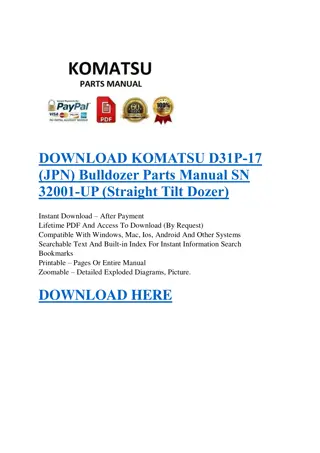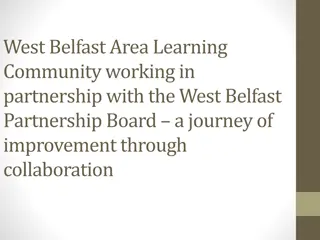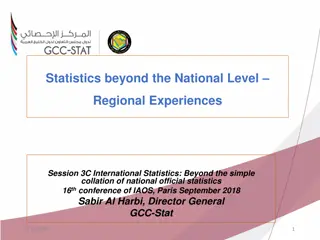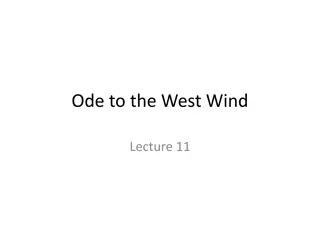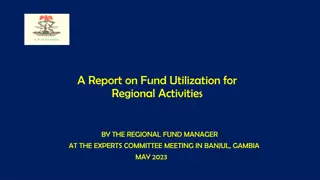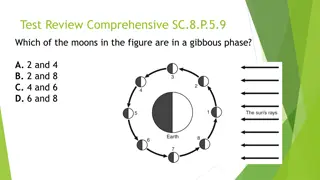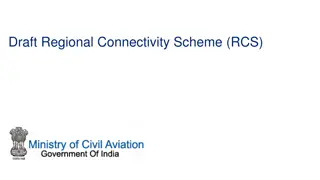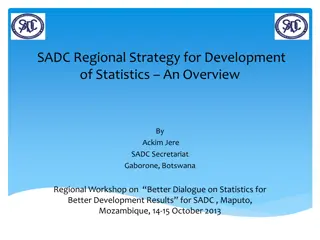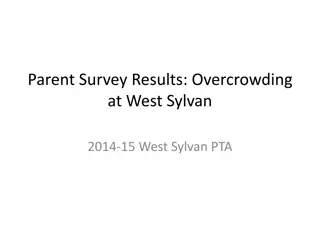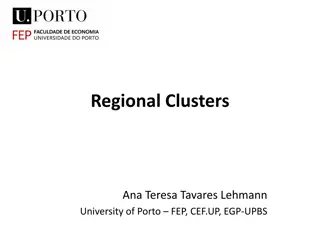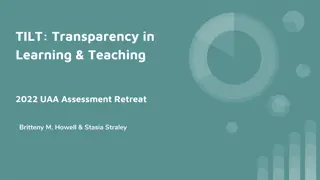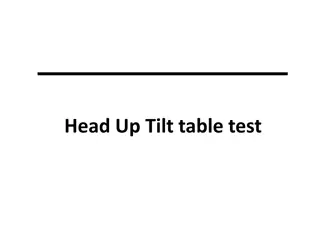
Promoting Student Success Through Transparency: TILT Model Insights
Explore the TILT (Transparency in Learning & Teaching) model by Melony Shemberger, Ed.D., to enhance student learning, boost retention rates, and foster faculty intentionality. Discover the benefits, session objectives, and national standards for quality online teaching.
Download Presentation

Please find below an Image/Link to download the presentation.
The content on the website is provided AS IS for your information and personal use only. It may not be sold, licensed, or shared on other websites without obtaining consent from the author. If you encounter any issues during the download, it is possible that the publisher has removed the file from their server.
You are allowed to download the files provided on this website for personal or commercial use, subject to the condition that they are used lawfully. All files are the property of their respective owners.
The content on the website is provided AS IS for your information and personal use only. It may not be sold, licensed, or shared on other websites without obtaining consent from the author.
E N D
Presentation Transcript
Designing Learning That Promotes Transparency & Student Success: Applying the TILT (Transparency in Learning & Teaching) Model Melony Shemberger, Ed.D. Associate Professor, Journalism/Mass Communication
Think for a minute Describe an experience or an outcome in which you were tasked to do something new or unfamiliar. How did you complete the task? Were you successful? Why? What could have been done differently?
Thoughts on transparency What does transparency mean to you? What does transparency look like to a student?
Introduction: TILT Model Transparency in Learning and Teaching (TILT) Small teaching approach to enhance student learning. Explaining to students why they are performing particular activities, such as assignments and projects. Purpose, task and criteria: All three align to demonstrate relevancy to the student.
Session objectives By the end of this session, participants will be equipped to do the following: Have a draft assignment or activity to TILT in a course. Apply TILT to design future transparent assignments. Examples from a recent online journalism course will be provided, as well as resources.
QM Rubric (HE) Specific Review Standards from the QM Higher Education Rubric, Sixth Edition Learning Activities and Learner Interaction 5.1 The learning activities promote the achievement of the stated learning objectives or competencies. 5.2 Learning activities provide opportunities for interaction that support active learning.
Benefits of TILT Makes learning processes explicit. Fosters students confidence. Enhances student success (Winkelmes et al., Peer Review, spring 2016). Boosts student retention rates (Winkelmes, Calkins, Ke, forthcoming). Helps the faculty member to think more intentionally about the activities assigned.
Purpose Define the learning objectives that will help students recognize how this assignment will benefit their learning. Skills and knowledge
Task Define the activities the student should do/perform. List steps, instructions, guidelines, sequence. Any errors to watch? Mistakes to avoid?
Criteria for success Tell students what they should be able to do. Provide examples (full or annotated) of what the desired characteristics look like in real- world practice. Discuss how excellent work differs from adequate work. Provide a rubric, checklist.
Other tips Name every assignment given. Your module learning objectives should guide the design of your assignments and activities.
Example Less transparent assignment
Going full TILT Identify a course to apply TILT. What assignment or activity would you like to see improved? Design the assignment or activity using TILT.
Bibliography Winkelmes, M. Equity of access and equity of experience in higher education. National Teaching and Learning Forum 24, 2 (February 2015). Winkelmes, M.; Bernacki, M.; Butler, J.; Zochowski, M.; Golanics, J.; Weavil, K. H. A teaching intervention that increases underserved college students success. Peer Review (winter/spring 2016), forthcoming.
Thank you Melony Shemberger, Ed.D. 270-809-6874 mshemberger@murraystate.edu @DrMelShemberger



